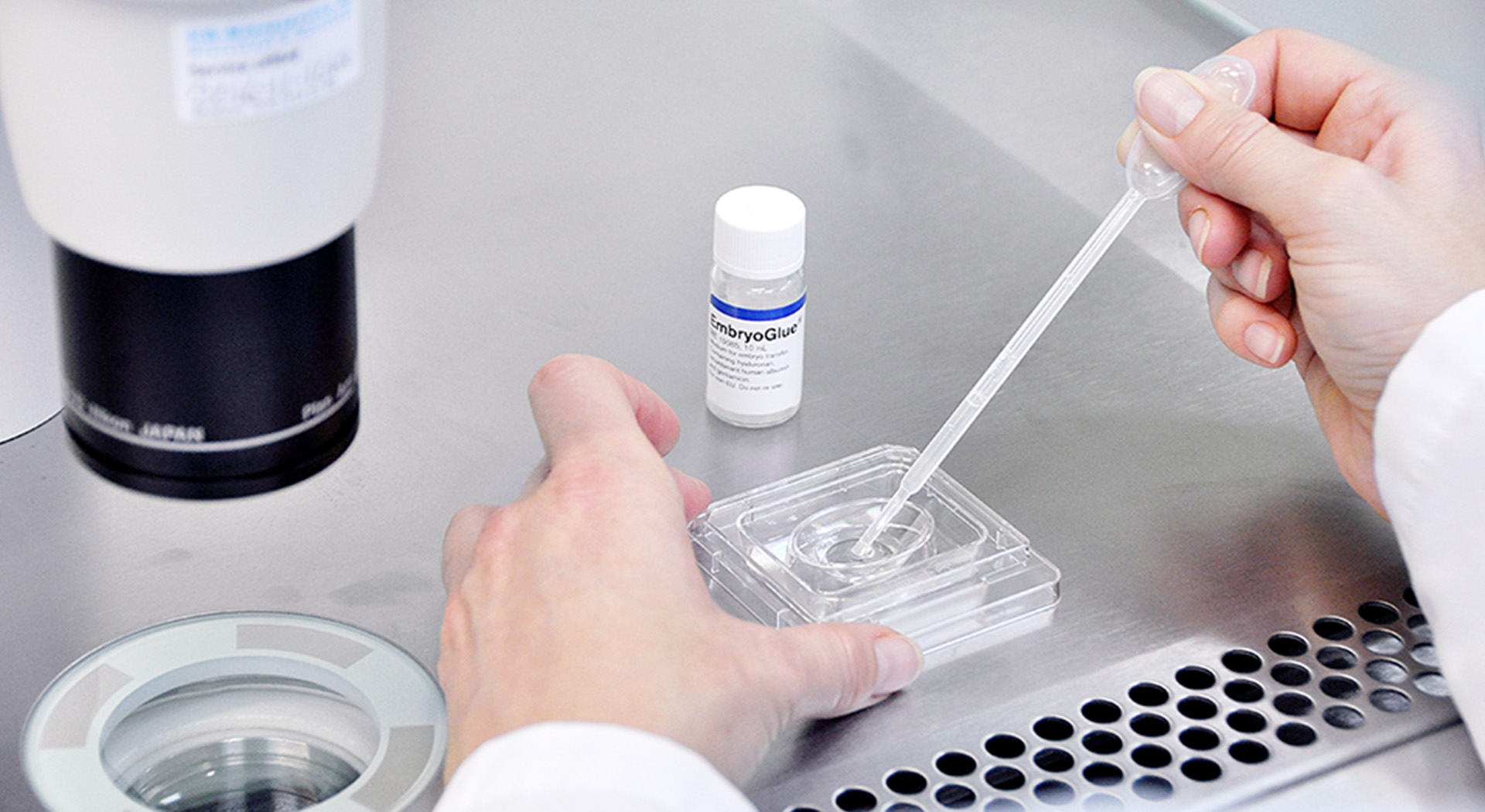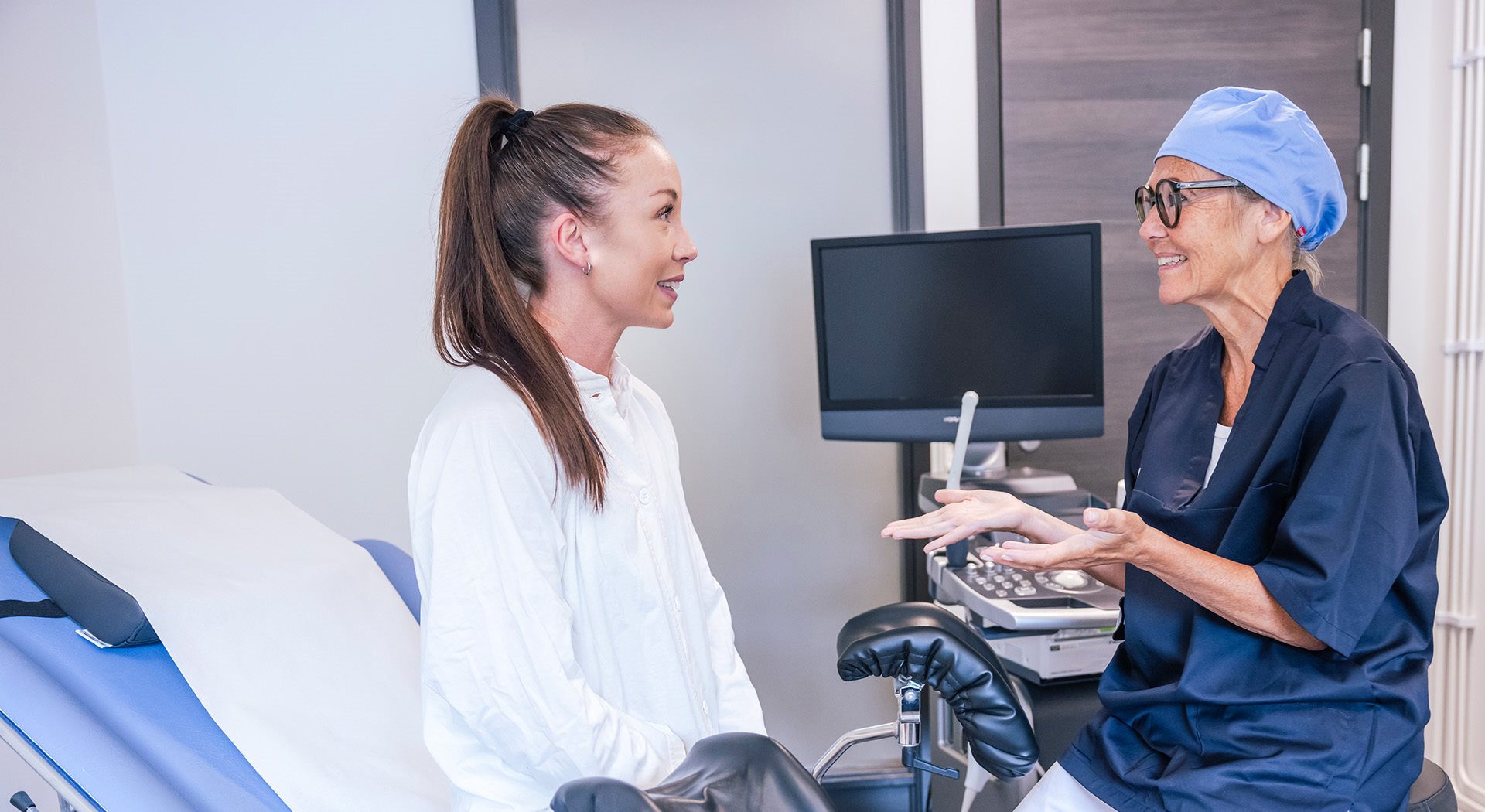
Collecting the eggs with Sense
Find out how to make the procedure easier and more successful
The IVF journey and the egg collection step
A delicate procedure that requires gentle handling
IVF involves many steps to help you achieve a successful pregnancy. One of the first steps is collecting the eggs in order to begin the treatment.
The eggs will be collected through an ultrasound guided procedure where you may be sedated. A very thin needle is passed through the upper vaginal wall into the ovaries. Fluid, containing the eggs, is removed from each ovary under gentle suction.
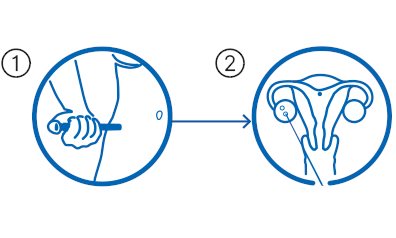
1. Boosting the egg supply
2. Egg collection
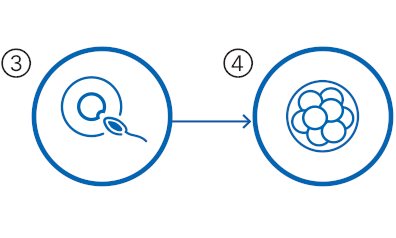
3. Egg meets sperm, fertilisation
4. Embryo Selection
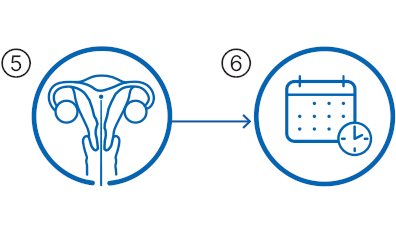
5. Transfer to the womb
6. The ’two week wait’
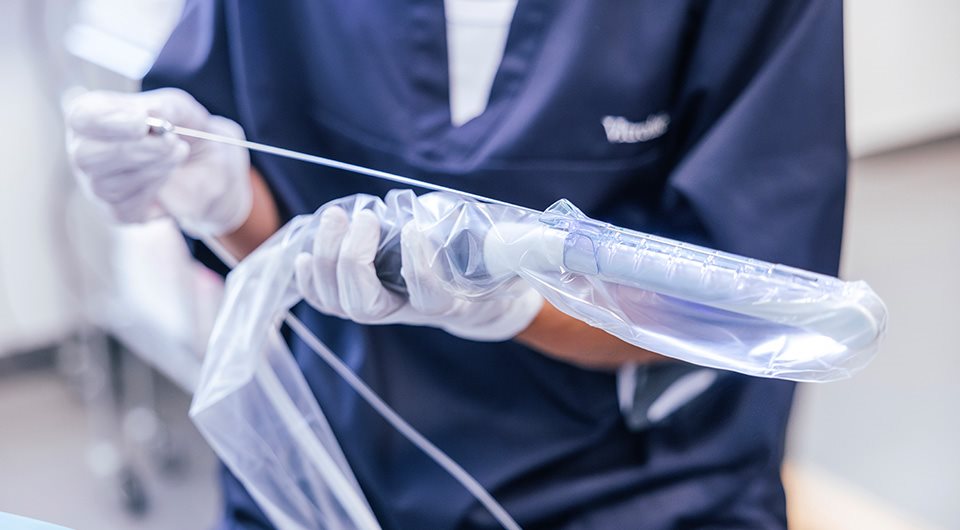
The egg collection
Immediately after aspiration of the ovaries, the eggs are isolated from the fluid.
The eggs are placed in a dish containing nutritious medium and then kept safely in an incubator. You may experience some cramps, feel a little sore or experience spotting (minor bleeding from the vagina).
Egg collection with Sense
A successful egg collection needs to be fast, precise and retrieve the maximal amount of undamaged eggs without complications.
The unique design of Sense, with a thin tip and a larger needle body, reduces pain without compromising with clinical efficacy1.

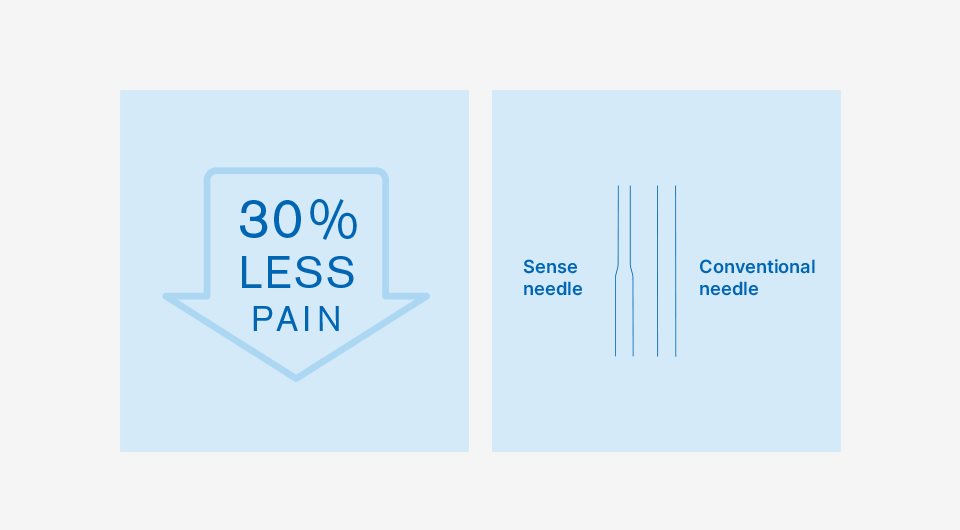
Less bleeding and pain
Compared to a conventional needle the Sense needle work in a unique way for the oocyte.
According to studies, egg collection with Sense gives significantly less bleeding and reduces the overall pain experience without prolonging the egg collection procedure or damaging the eggs1,2,3. Patients experience 30 % lower pain compared to egg collections using a conventional needle3. Ask your clinician about Sense and how it can help you improve your chances for a successful IVF treatment.
“I really like using the Sense needle and since I first picked it up a couple of years ago, we have gradually introduced it for all oocyte retrievals. The reason why we switched to the Sense needle from other follicle aspiration needles is two-fold: firstly, the narrow tip means less vaginal bleeding and less trauma to the vaginal wall and ovary, and, because of this, the patients have less pain and less post-procedural ache.“
Professor William Ledger, Head of Obstetrics & Gynaecology, UNSW Director of Reproductive Medicine, RHW Sydney


Each fertility treatment is unique
Ask your doctor if Sense is an option for your egg collection.
References
1. Wikland M et al. Pain experience during oocyte aspiration: Comparison between a newly designed reduced needle and a standard needle. Hum Repord. 2010;25 (Suppl. 1) O-226
2. Nakagawa, et al., The effect of a newly designed needle on the pain and bleeding of patients during oocyte retrieval of a single follicle. J Reprod Infertil. 2015;16(4):207-211
3. Buisman et al. 2021. Effect of needle diameter on pain during oocyte retrieval-a randomized controlled trial. In press https://pubmed.ncbi.nlm.nih.gov/33077240.

